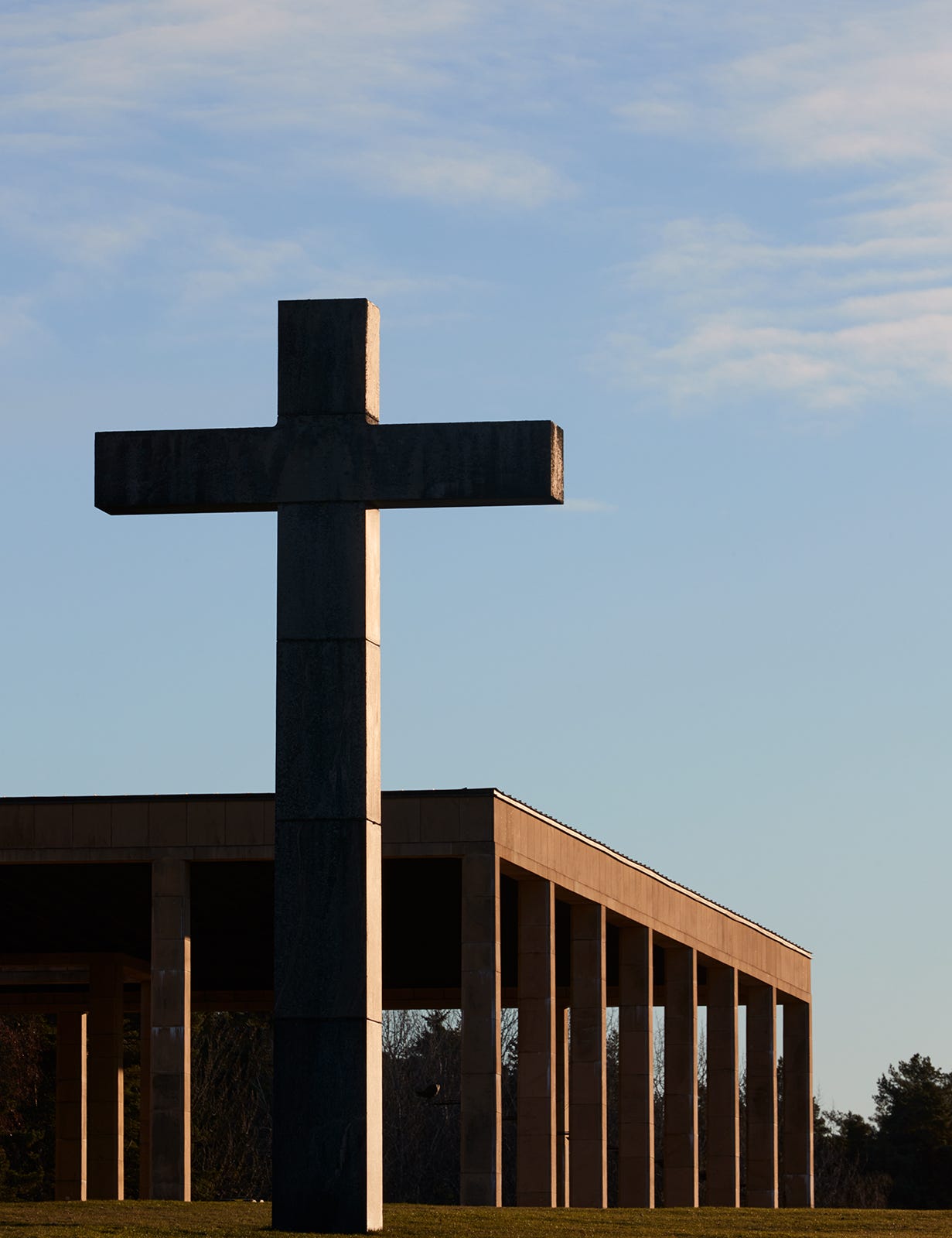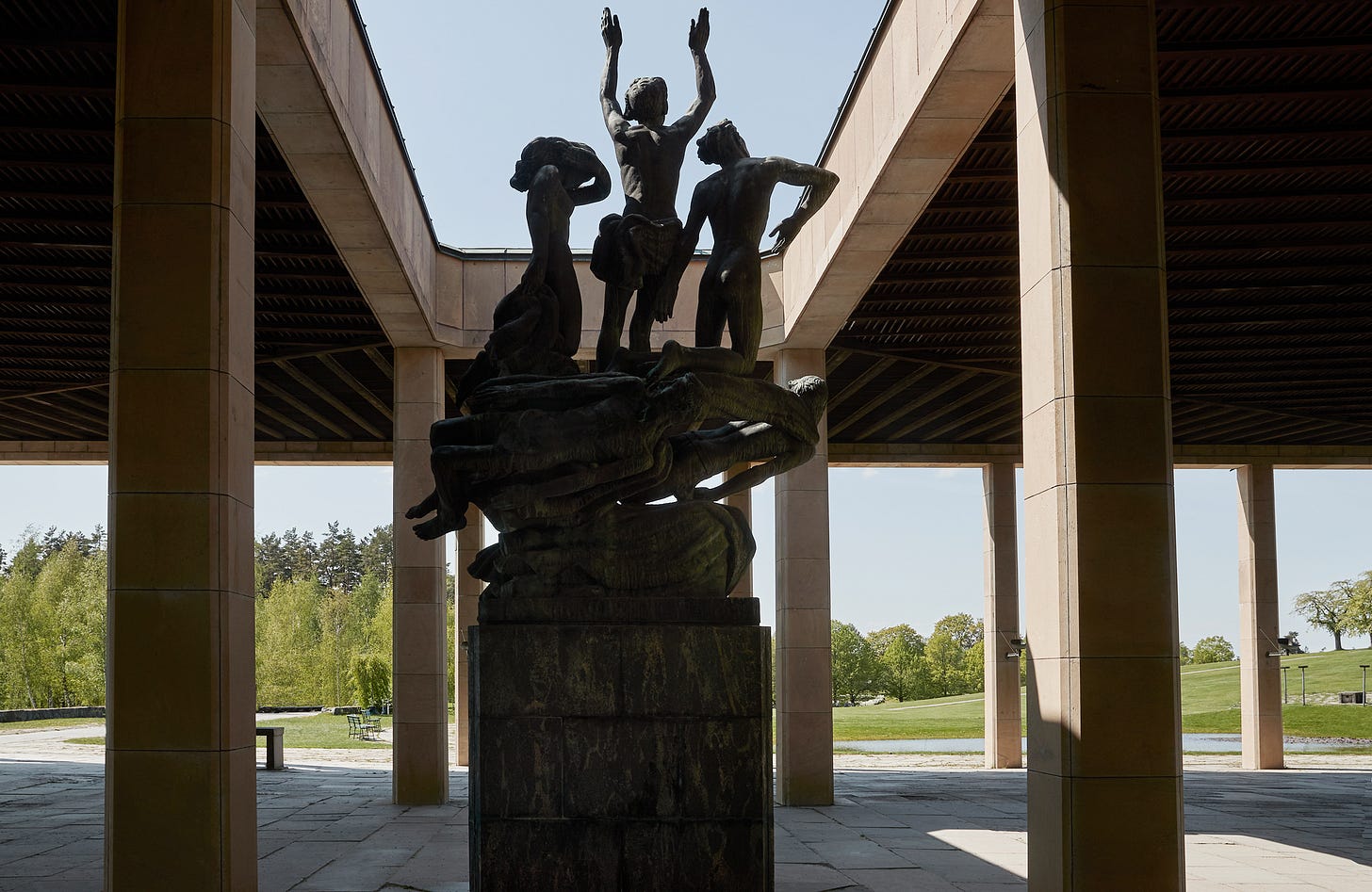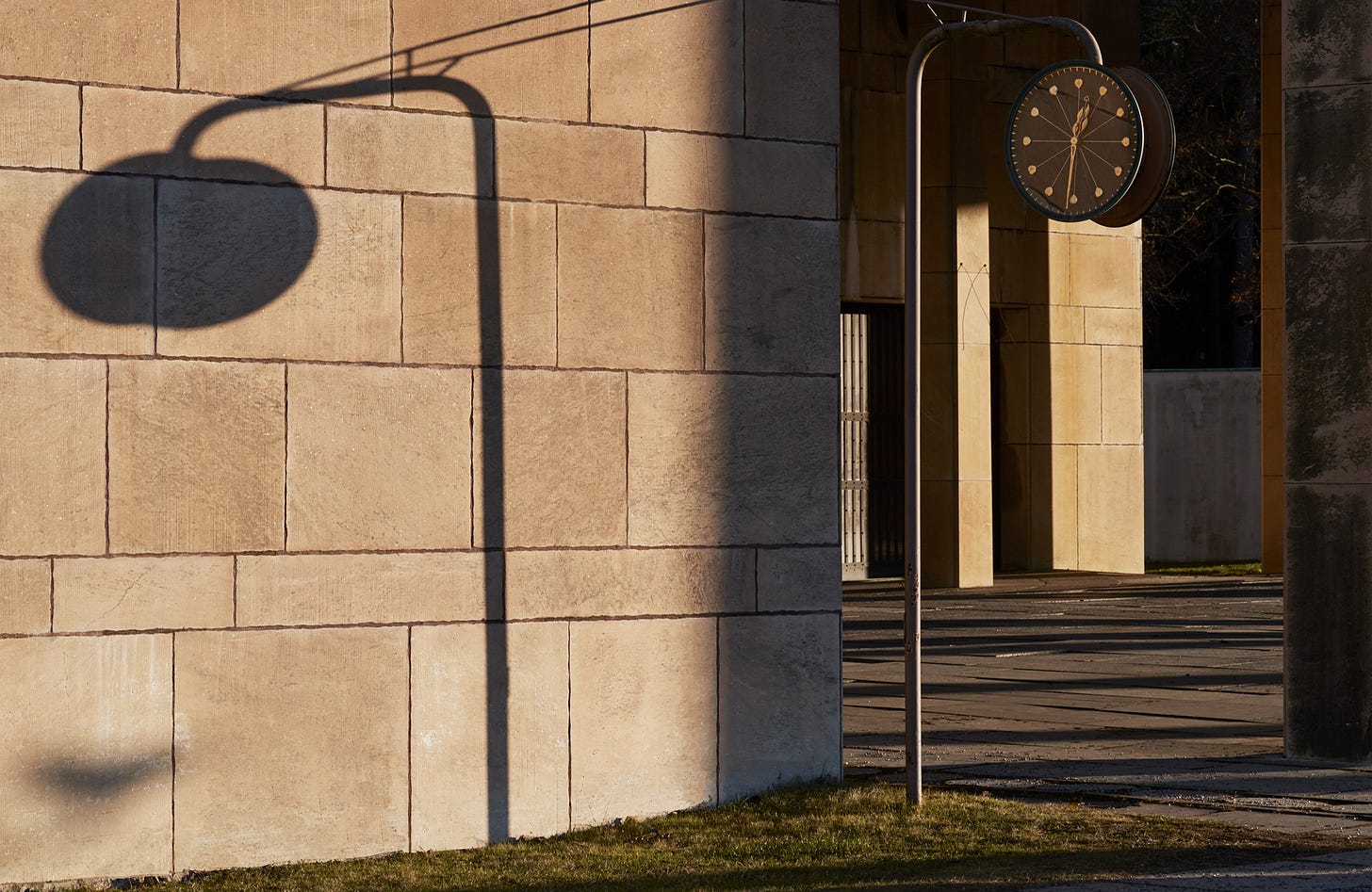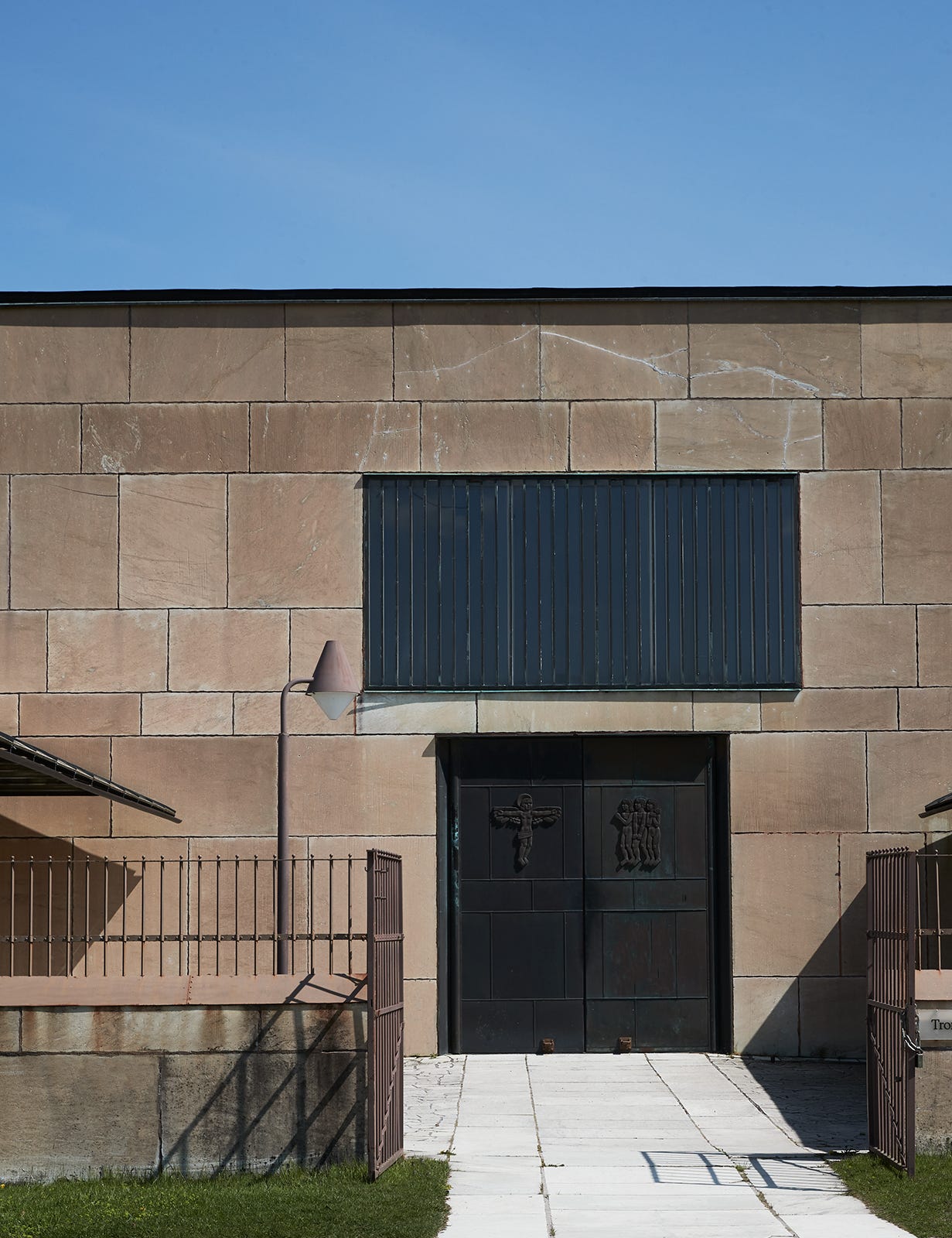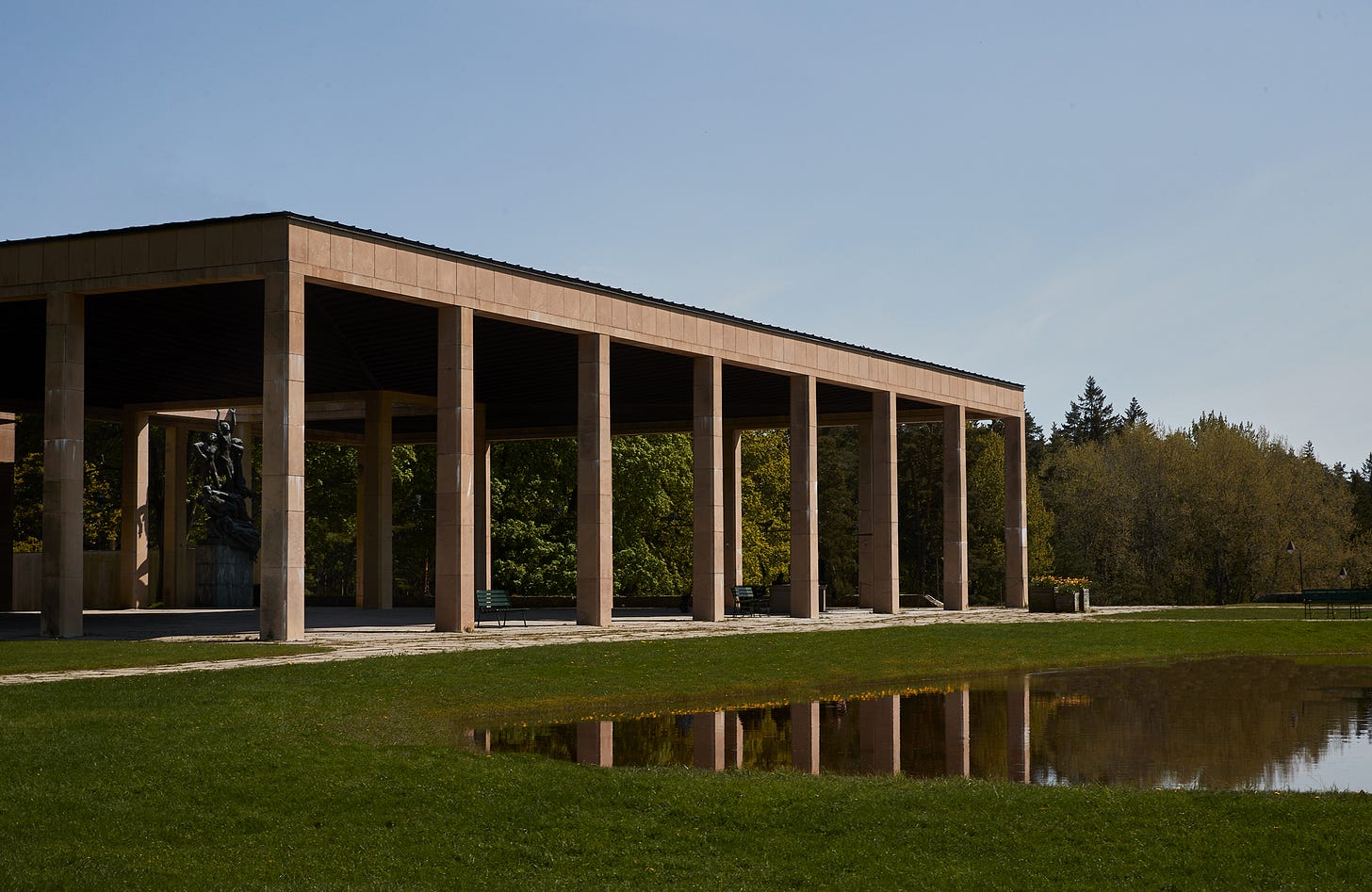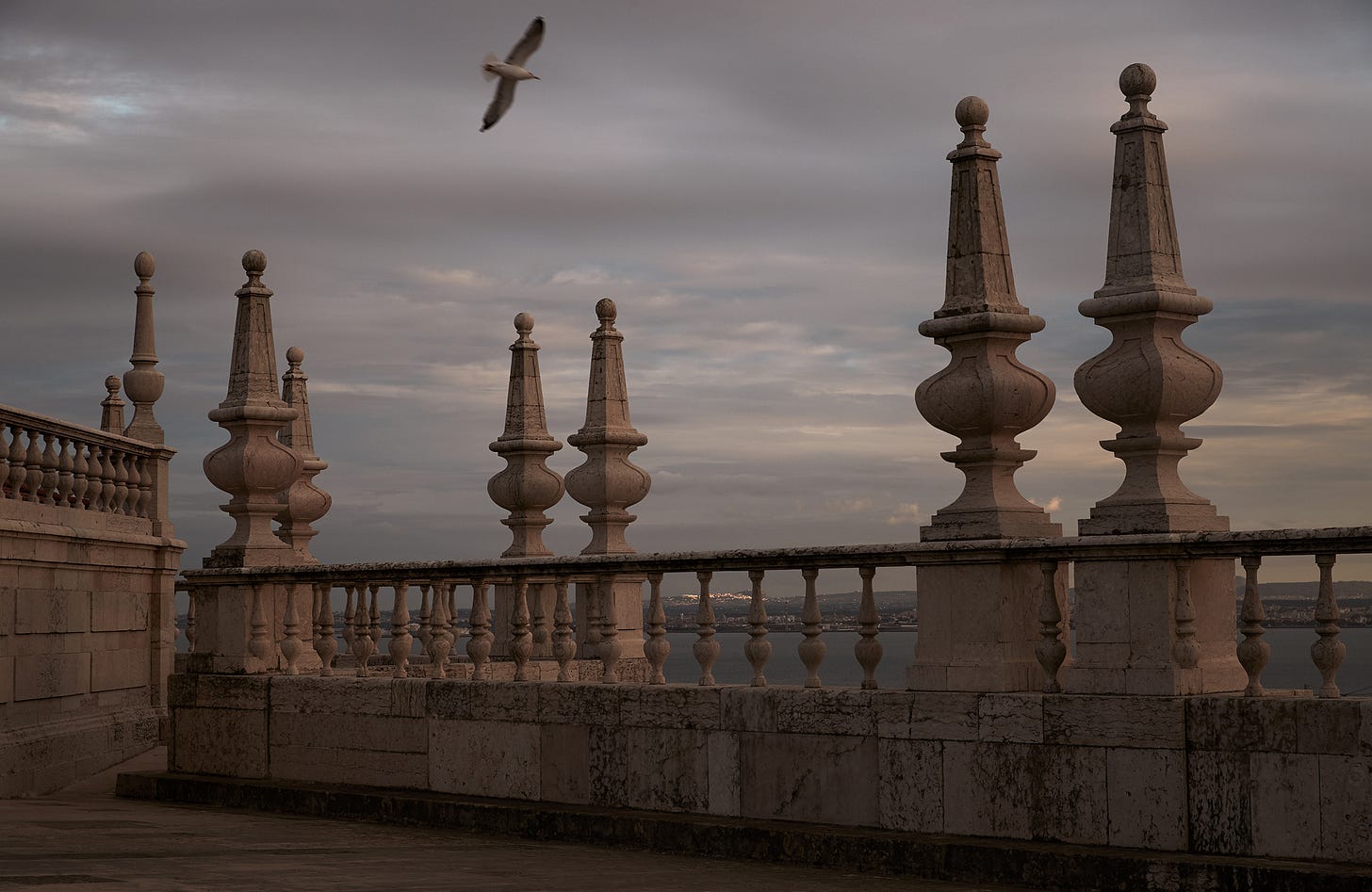Mourning and loss are natural parts of one’s life, but they require both time and space. For this reason, many religious places – like churches, cemeteries, and monasteries – are specifically designed for the visitor to feel closer to God, so that the veil between this life and the next is thinner, facilitating a closer connection with a loved one who has passed on.
Here, we’ve gathered a few of our favourite spiritual spaces.
Skogskyrkogården, Stockholm (Sweden)
Travelling south via the Stockholm metro system, it only takes a few minutes before arriving at Skogskyrkogården (which is also the name of the metro stop). In this forest cemetery – literally the English translation of “skogskyrkogård” – inaugurated in 1940, most of the graves are placed among trees in a deep forest, in this way interlacing the boundaries of human existence with the organic shapes of nature.
Since 1994, it has been classified as a world heritage by Unesco. Specifically, it was the way in which architects Gunnar Asplund and Sigurd Lewerentz created a completely new kind of burial ground, which later came to inspire other resting grounds around the world, that awarded the cemetery this status
The architecture itself has been defined as an important world contribution, and the entire site is today considered to be one of the world’s most significant modern architectural accomplishments.
Between 1935 and 1940, Gunnar Asplund designed Skogskrematoriet, which is the largest compound of the area. It consists of three chapels – of the Faith, of Hope and of the Holy Cross – as well as a crematorium and the large open hall of monuments.
Everyone who has lost a loved one, regardless of religious or spiritual beliefs, knows how hard this transition can be. A sense of loneliness and loss is almost inevitable in the presence of death. The entire space of Skogskyrkogården was planned with these emotions in consideration, offering solace and support by referencing biblical perspectives and enhancing the presence of God in everything from the design of a chapel to how the sun rays find their way through the many tree tops.
Most of the lighting fixtures are turned slightly upwards, so that the light is directed towards the sky, a motion further emphasised in the sculpture by John Lundqvist, called Uppståndelsemonumentet, where people are depicted turning their faces toward heaven.
Skogskyrkogården is an emotional landscape, where the visitors’ sombre mood is softened by diligent and careful architectural planning.
The sorrow after losing someone is met with a softness and serenity in both the layout of the landscape and in the beauty of the buildings.
Only four months after its completion, Gunnar Asplund died. He was laid to rest outside of the Chapel of Faith, which he had designed himself, and the inscription on his memory plaque states succinctly that, “hans verk lever” (in English, “his work lives”).
Mosteiro de São Vicente de Fora, Lisbon (Portugal)
For centuries, Portugal’s political influence was reflected in the elaborate architecture and beautiful artworks that filled many of the houses and private palaces in Lisbon. Since then, political power has shifted several times, borders been redrawn and today Portugal finds itself a small country in the southwestern part of Europe, at the border to North Africa. However, its rich history is still present and through monuments and buildings, it points to a time when things were different.





